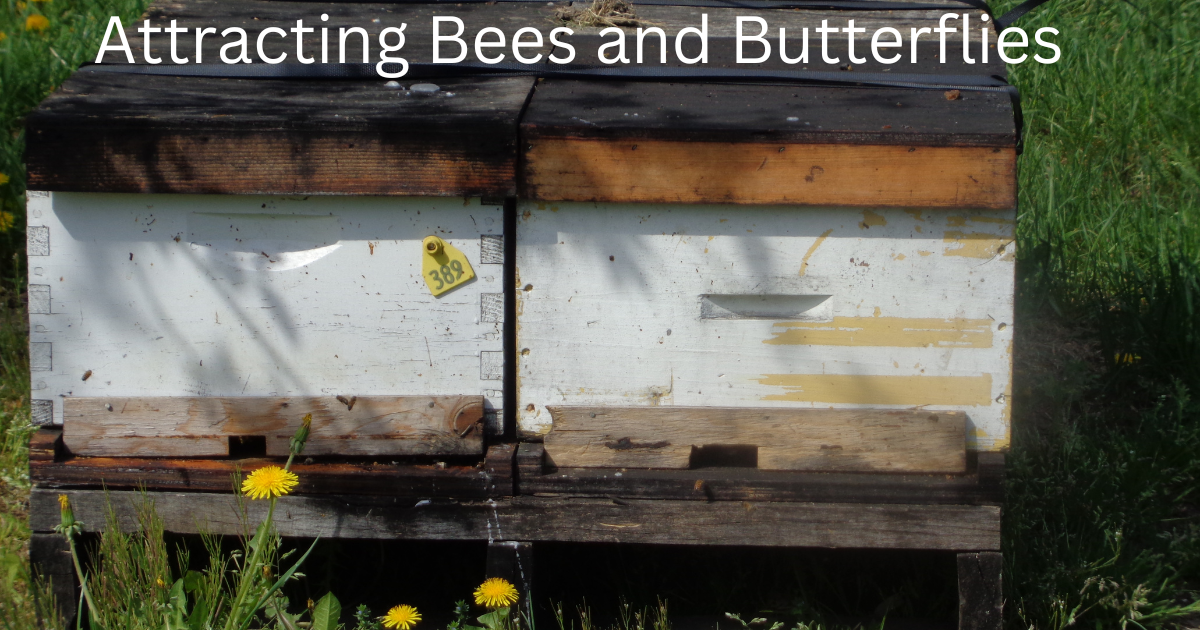Flowers do way more than pretty up your yard—they’re a major hit with bees and butterflies. These little guys play a superstar role in pollination, helping plants, including our food crops, thrive. A garden buzzing and fluttering with these pollinators isn’t just a treat for the eyes but a vital part of our ecosystem.
Coneflowers, with their vibrant hues, are like bee magnets. Their long blooming season means they’ll keep your garden lively for months. Lavender not only smells heavenly but acts like a little purple diner that pollinators just adore. Dahlias bring a rainbow of colors to the party, dazzling both humans and insects alike. And who could forget Sunflowers? They’re a massive draw, standing tall and proud, offering a feast to our winged friends.
Want a haven for these critters? Go for flowers that aren’t just beautiful but have the right kind of colors and scents. Bright or blue colors can be especially alluring to butterflies, while bees are all about those sweet floral notes. Plant these flowers in groups so bees and butterflies get their fill without flying far.
Planting Paradise: Ideal Spots and Growing Conditions
Finding the perfect spot for your bee and butterfly-attracting flowers can turn your garden into a pollinator’s paradise. Put these beauties in places where they’ll catch plenty of attention, like along pathways or in window boxes right outside your kitchen. These locations don’t just highlight your blooms; they also create easy access points for pollinators.
When it comes to soil, each flower’s got its own vibe. Rich, loamy soil makes Coneflowers and Sunflowers feel right at home, while Lavender and Dahlias prefer their feet in well-drained, sandy spots. It’s all about understanding what makes each flower thrive. Testing your soil and making necessary tweaks can help your garden become a pollinator hotspot.
Lighting is key too. Most of these blooms love basking in the sun—think of them as sunbathers on a beach day. Phlox, Black-eyed Susans, and Bee Balm are sun worshippers that’ll burst forth with blooms under full sun exposure. On the flip side, Peonies tolerate a bit of shade, so mix them in areas that aren’t always sun-drenched for a balanced garden design.
By mixing different species and adding layers through diverse planting spots, a garden becomes not only a feast for pollinators but also a retreat of visual delight. Plan according to each plant’s needs, and watch as your garden flourishes into a lively pollinator-friendly space.

Guardian Garden: Tackling Pests and Protecting Your Blooms
Whether you’re nurturing a vibrant butterfly sanctuary or thriving bee haven, pests can be an uninvited party crasher in your garden. Aphids, slugs, and Japanese beetles often fancy munching on your lovely blooms. These critters can weaken your plants, robbing them of the chance to put on their best show for bees and butterflies.
Keeping pests at bay doesn’t have to mean turning to harsh chemicals. Consider companion planting! Tag team plants like marigolds or nasturtiums with your favorites to naturally ward off unwanted guests. Organic methods like neem oil can be effective too—taking down pests without posing a threat to your pollinators.
Building a balanced ecosystem means welcoming beneficial insects like ladybugs and lacewings that love feasting on the pests causing problems in your garden. These helpful insects become your frontline defense against pests.
A few proactive steps keep your blooms ready for their pollinator visitors. Regularly check plants for early signs of pests and keep them healthy with proper watering and nutrition. Healthy plants are less likely to fall prey to pests, keeping your bee and butterfly community buzzing along happily, so plant a few flowers for the bee and butterfly families to help the planet out.
